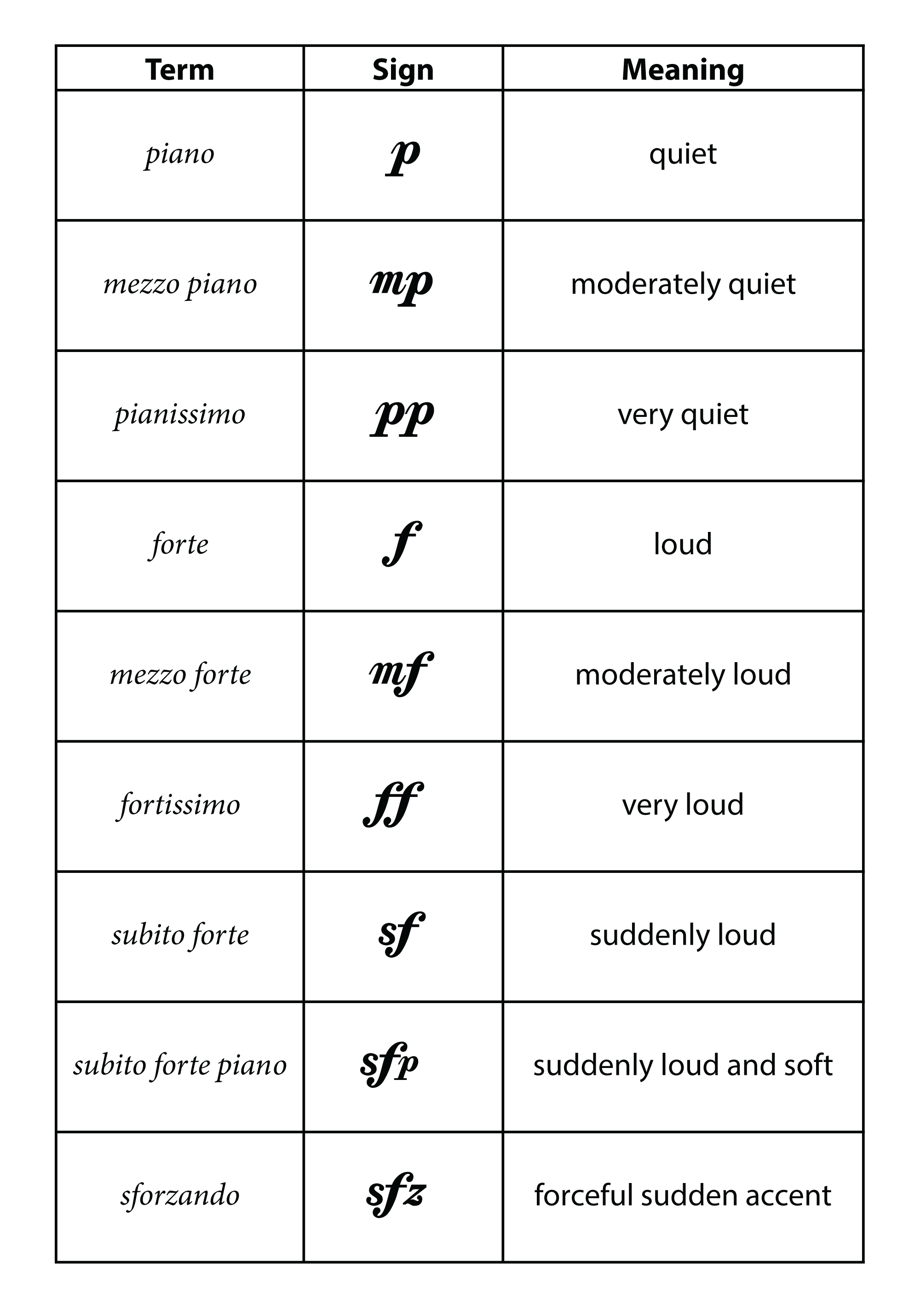

The problem is that we often take the limits and control of practice into the realm of rigidity. Deliberate practice like this is very effective. The method we use to train or practice for this is most often, ironically, by placing limits on the improvisational process: controlling where our impulses can go, the idea being that with training we can positively guide where our subconscious takes us in the moment when we don’t have time to think. When we train or practice, we are ideally trying to expand our ability to go in any direction (within our dance form) and to open up more ways of traveling in these directions. Saying yes is a commitment to letting ourselves be affected, allowing our direction be guided by the moment and what it gives us. Borrowing a concept from improvisation in theater, being able to go in any direction means being able to say “yes” – and “yes, and…” – to our partner, the music, the floor of other dancers, and whatever the moment brings. And they are the things that don’t go as expected that become part of the context of the dance. They are the cultural forms of the dance that provide the structure for communication and expression. They are the physical adjustments that allow for comfort and communication between leader and follower. They are the energy and demands of the dance floor (i.e. So what are the directions that we may be called to go in? In dance, they are our creative, emotional, and somatic impulses as well as those of our partner in response to the music. The greatest process is one that enables us to go in any direction as the environment and moment call for while maintaining the order that supports us and our relationships. This perspective can enlighten our understanding of the improvisational process that brings life to our dancing. Siegel calls integration – happens in the river that flows between the banks of rigidity and chaos. When we are chaotic we change moment-by-moment, but that change is not appropriate to the moment and impairs our ability to support ourselves and others. Chaos, on the other hand, may be novel, but it is random, anxious, and out of proportion. When we are rigid, our ability to respond to the moment is impaired. Rigidity is safe and orderly, but results in boredom, sameness, and inflexibility. Daniel Siegel, who gave us insight into our primary emotions in Part 3 of this series, writes that the imbalance of stability and flexibility leads to either rigidity or chaos.
#DEFINITION OF MUSICALITY FULL#
We are healthy and full of life when we can go in any direction as the environment and moment require while still supporting ourselves. We are constantly called upon to improvise in our relationships, our work, and our creative endeavors. The same applies to our mental, emotional, and spiritual lives. But when they are strong and balanced, they allow us to improvise positive changes that continue to open up options and thereby sustain life. When stability and flexibility are either weak or out of balance with each other, movement is restricted and options become limited. This ability comes from the presence of, and balance between, stability and flexibility, which we can define simply as the abilities of the body to support itself and to respond to its environment, respectively. What is life? Not all of Merriam-Webster’s definition applies to our discussion, but a central theme is “the ability to grow change” and “the power of adaptation to environment through changes originating internally.” Let’s talk about life in the context of human movement: Your body is at its healthiest when you are able to move in any direction as the environment and the moment require. I believe that the improvisational element is this specific process that creates the greatest life in our dance, by allowing the other elements of musicality to flourish. In The Timeless Way of Building and his other works, he describes a way of being and doing that results in buildings that have and allow for life, and proposes that this creative process applies to all of nature’s (including humanity’s) endeavors. Now I think of improvisation as a process that gives life to our dancing. Architect-philosopher Christopher Alexander’s work is what first opened my eyes to the idea of a life-giving process.

But when it comes to musicality, I have come to see improvisation in much more holistic and nuanced light.

#DEFINITION OF MUSICALITY FREE#
We usually think of improvisation as creating something without advanced planning, like a kind of free association. The Five Elements of Musicality, Part 6: The Improvisational Element


 0 kommentar(er)
0 kommentar(er)
